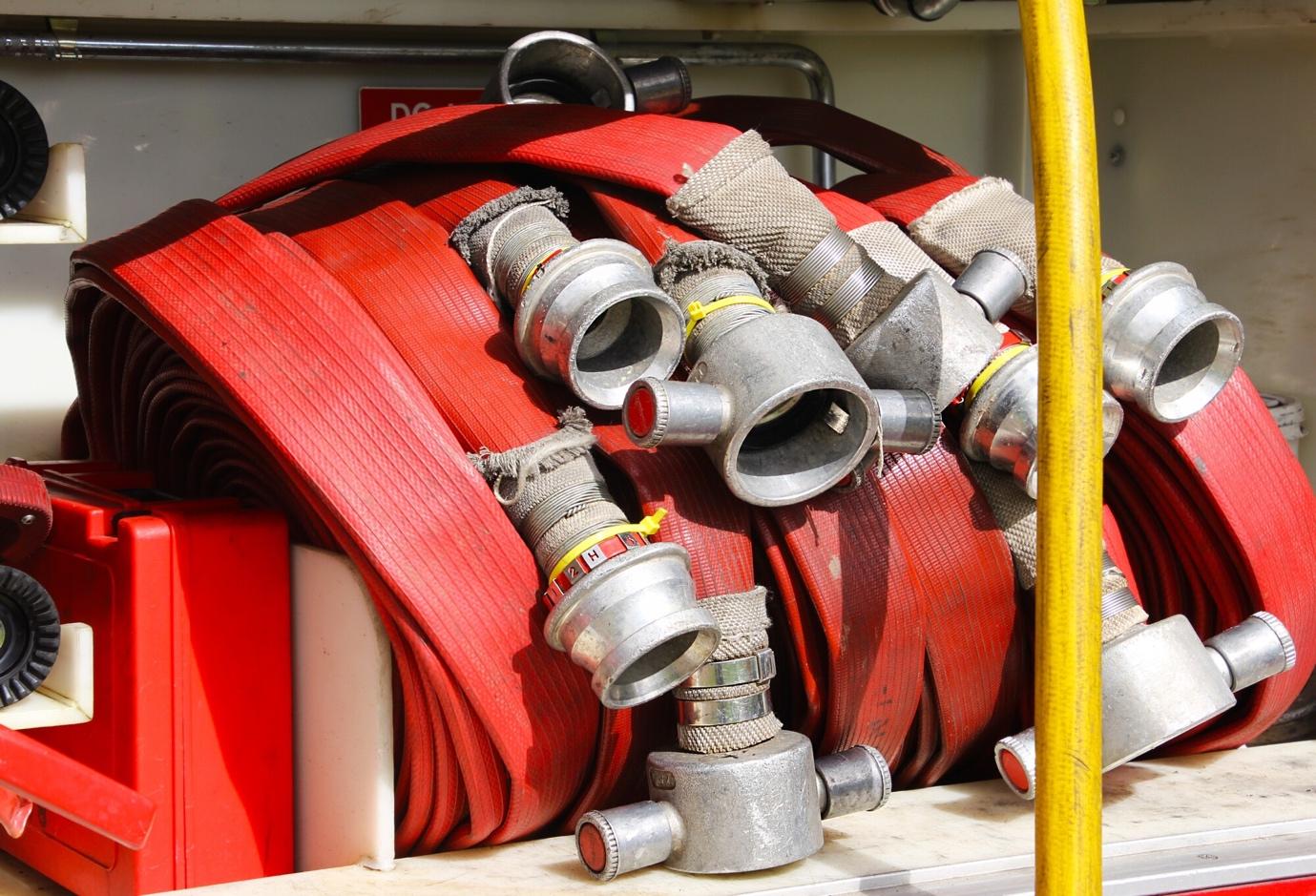
Businesses tend to think about fire services after a fire breaks out. Protecting staff and customers is important, yet owners seldom know what steps to take. Some seek insurance as a solution to take care of any catastrophe that might ignite a series of follow-up problems. But what about lost reputation?
Precluding disasters is the only way to protect your reputation. Making your business safe is about planning, not restoration. To ensure your business is safe and your reputation secure, you must consider what is involved in maintaining safety standards. Here’s everything you need to know about fire servicing and maintenance to maintain safety standards.
Fire Servicing
The goal of fire servicing is to keep your fire suppression system operational. The system must, at all times, detect fires, react to the size of the fire, and effectively release an agent to extinguish the fire. The system must also comply at all times with Australian Fire Protection Standards. The fire suppression system protects your plant equipment, buildings, and employees. These valuable assets cannot be left to chance. An action plan must be implemented to verify good working order at all times.
Good Systems
A good system may combine multiple agents to suppress a fire. Common agents include water, dry chemicals, inert gases, and foam. The eco-friendly foam deluge system is used for chemical or fuel fires. The foam is released over the materials and suffocates the fire. Dry chemical is used in the same manner and is used for overhead applications. A water misting system works similar to a sprinkler but uses an ultra-fine water droplet in closed areas to control Class C gas fires. This system can also be used to protect oil-filled high-voltage transformers. Gaseous systems are used in computer and communication environments. The gas reduces oxygen levels to suffocate the fire without hurting the technology.
Scheduled Servicing
Keeping your fire suppression system in good working order requires a regular schedule. The process includes performing a risk-based assessment with stakeholders. You will also review the area’s requirements. Assess the performance of the system against the design. Identify the effectiveness of the detection, reaction, and application. Discuss any alterations related to the efficiency of the solution and keeping it safe and compliant.
Support Services
An additional consideration is given to the total fire solution, including risk assessment, evacuation planning, and training. This includes updates and code changes.
Maintenance
Maintaining a fire suppression system goes well beyond the equipment. The most fundamental areas to maintain takes a sharp eye and time to look into the fine details.
A Clean Workplace
Most fire safety issues in business are related to messy areas. Clutter adds to the fire load of a building. The disarray of business items also slows the evacuation process and increases the probability of injury. In case of an emergency, corridors, staircases, and fire exits must remain clear at all times. Business stock or products should be stored safely. If any of the products are flammable, they must be stored following COSHH regulations. Manufacturing and business waste must be removed regularly. The material should be stored safely before its scheduled removal from the premises.
Equipment Check
Create a regular schedule of checking fire alarms, exit signs, emergency lighting, and escape ladders. Depending on your fire servicing agreements, you may need to check fire extinguishers and sprinklers.
Risk Mitigation
Conduct a walkthrough of your business facility. Note any items misplaced that might negatively impact an evacuation, like blocked fire doors. Identify new fire hazards like frayed wires or items created by a specific project. Assess your findings and make alterations to your long-term safety maintenance program. Also, review the findings against any legal requirements.
Train Employees
Develop a training program for new employees during the onboarding process, including evacuation plans. Also, develop an annual refresher course for long-term employees. Develop a program for fire wardens and make sure all employees know who they are. The fire wardens must be trained to help employees and make sure no one is left behind. They are also responsible for maintaining fire safety procedures and preventative steps. The fire wardens must receive additional training, so they are equipped to help others.
Fire Hydrants, Hose Reels and Fire Extinguisher Installation
Fire extinguishers are used to extinguish and control small fires in an emergency situation.
Fire hydrants and hose reels should be installed for larger commercial premises.
A Fire Hydrant is a connection point that firefighters use to tap into a water supply to supplement their emergency water tanks. A hose reel is a critical equipment for Class A fires and the location of the hose reel must be reviewed with the Building Code of Australia. It’s important to have the installation of fire hydrants, reels and extinguishers by fire extinguisher installation companies. They will ensure your fire equipment is compliant so the fire brigade can connect and activate and/or boost the water supply in case of an emergency.
What Businesses Should Know
Out of all of the things you need to know, the most important is staying current. Regulations change, new equipment comes out, and your workplace sees weekly alterations that could impact a fire. To take charge of fire servicing and maintenance, consider working with professionals that see to it regularly. Australia’s leading fire protection specialists are available to manage your fire servicing needs.

Leave a Reply